Have you noticed that your teams are demotivated and their performance has dropped? Perhaps you have had to deal with layoffs / increased workloads to cope with reduced staff. In an economic downturn, performance and motivation are some of the key aspects of a workforce that is impacted and can snowball into bigger problems if not managed correctly. By using metrics and understanding how various processes and functions are impacting your organization and teams, you can manage and motivate your team effectively.
Why Are Businesses Struggling with Productivity Right Now?
The pandemic has had a huge delayed impact on businesses worldwide, resulting in all-time high inflation and recession indicators. This has resulted in hiring freezes, mass layoffs and reductions in contractor work hours where businesses are trying to save money. With reduced staff, companies have fewer resources to complete tasks, resulting in a decrease in output overall. Workloads often increase in times like this, and with fewer staff available, teams have to increase their input often resulting in burnout and demotivation.
Team performance is impacted greatly when the economy takes a downturn. Companies are under pressure to output more and hit higher targets, often with fewer staff or even the same amount of staff, which isn't feasible. This puts more stress on teams, more overtime, decreased motivation and results in a huge drop in productivity.
How to Manage and Motivate Teams During a Downturn
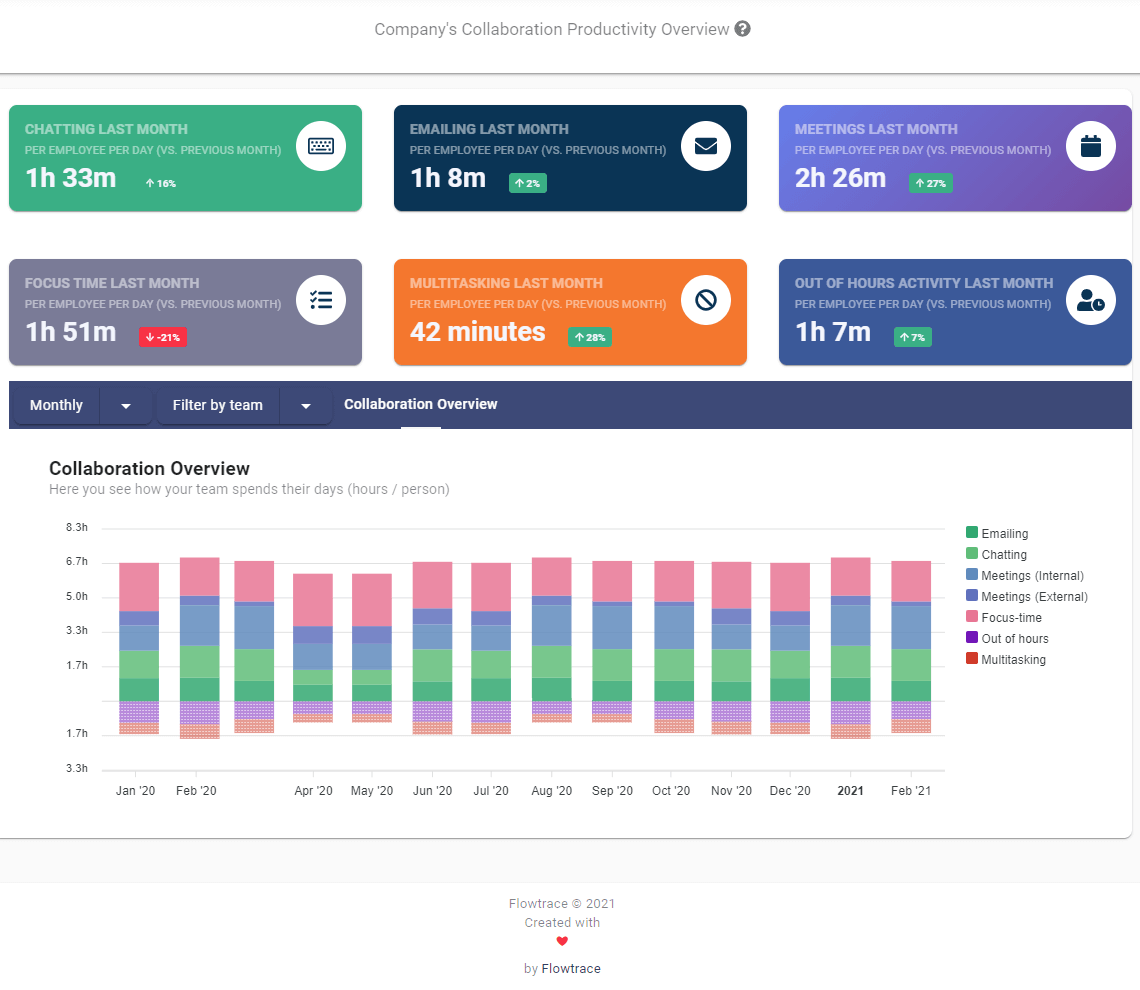
Managing and motivating teams during a downturn is not easy, but it can be done. Here are some tips to help you manage and motivate your team:
Streamline Processes and Optimize Resources
One of the main problems that occur during a downtown is an increase in workload. This leads to teams being overworked by immense amounts, and often companies have a hiring freeze so managers are unable to expand the team to cope with demand. You will find that departments often share workloads too, which can include work that is unrelated to their roles, just to meet demand and targets. It also results in more out-of-hours work time, more overtime, and less focus time to output high-quality work.
The solution here is to identify the areas where you should focus your efforts and deploy more resources. For example, your efforts should be focused on teams with higher workloads and fewer staff = minimizing backlogs and knock-on effects on other teams. You could use Flowtrace to look at Cycle times in Jira for example, to understand if product teams are squeezed and bottlenecks are being created.
The goal is to look at processes and identify any that could be improved or streamlined to be more effective, increase the amount of available focus time for teams to get stuck into some serious work and pick up bottlenecks that are slowing teams down in order to address and reduce them.
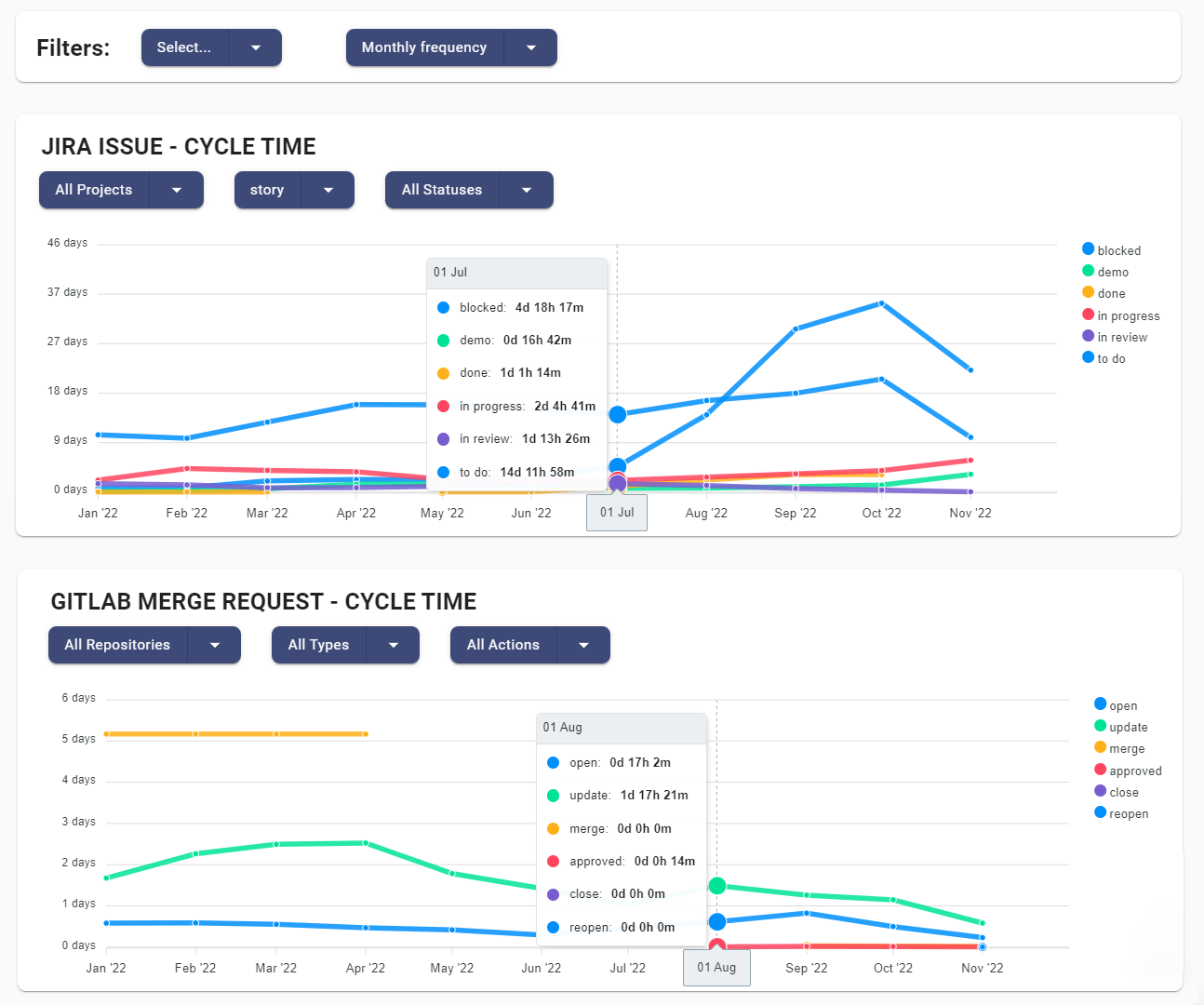
Address an Unbalanced Meeting Culture
When a downturn occurs, organizations can begin to hit panic stations. This results in countless meetings to try and identify solutions including the majority of staff in the company. However, company meeting culture issues could already exist due to poor practices before a downturn occurs, but this would need addressing in order to streamline team productivity and push the company forward.
Managers can tackle meeting culture issues by identifying those meetings that are not required in order to give teams more time to focus on the work that matters. This could include weekly 'project catch-up' meetings or any others that are not necessary. It is also beneficial to address meeting processes from the organization's point of view, this would include reducing agendaless meetings, creating structured and planned meetings, and only inviting attendees and teams that need to be there.
Another point to focus on here would be to reduce the number of meetings to accommodate the reduced workforce if layoffs have occurred. When considering meetings, it is important to prioritize meetings that are essential to strategic operations and important topics over generic meetings that are not essential for the progression and daily tasks of the organisation.
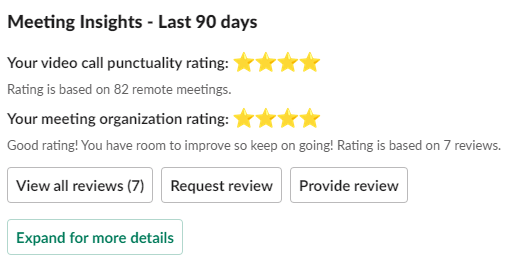
Use Trends to Optimize Team Processes
Once a downturn occurs, team productivity and motivation drop as a result, as already mentioned previously. This has a knock-on effect on individual processes and can bring to light areas that are not functioning efficiently but may have been barely working previously. These process issues will need to be identified and fixed in order to encourage team motivation and boost productivity levels.
Managers can use company analytics to measure various processes throughout teams and identify trend lines to optimize processes going forward. Some of the key areas that should be looked at here are cycle times and review processes for product and engineering teams. Roadblocks here can have an offset effect on other teams and severely impact productivity rates.
With Flowtrace for example, you can use trends to understand meetings per person which look at the amount of time spent in meetings, this can be correlated with your efforts to manage meetings and scale them down to match the size of the workforce. You can also use metrics to identify trends in focus time, this can help to identify more coordination time, which results in less output
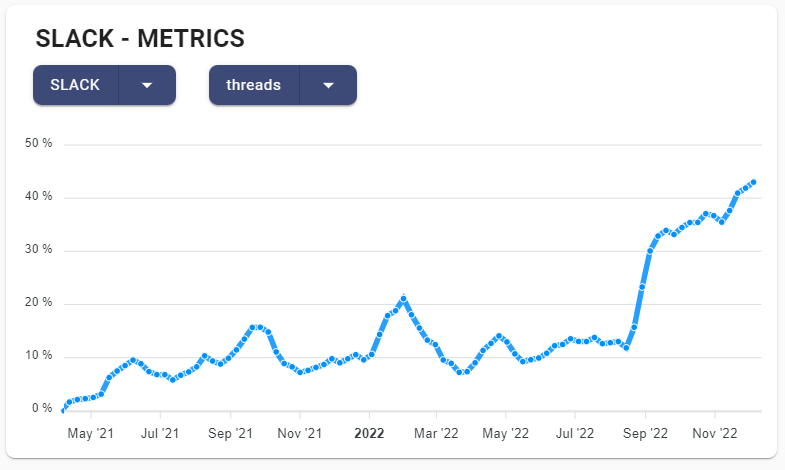
Remove Dissatisfaction Sources & Motivate
Motivation will inevitably suffer as a result of a downturn. Increased workloads and hiring freezes can put a lot of pressure and stress on employees, this is where it becomes important for managers to listen to their teams and identify where and why dissatisfaction occurs, in order to fix it before it leads to unwanted actions such as resignation, which would ultimately have a bigger impact on existing teams and the organization.
One of the best ways to understand how employees are feeling is by giving them a voice. This can be done through employee surveys. By creating tailored team surveys that can be sent directly in Slack, employees can provide valuable information on how they are feeling about the company and their current workload. This can be correlated with other company analytics to see how it affects wider performance.
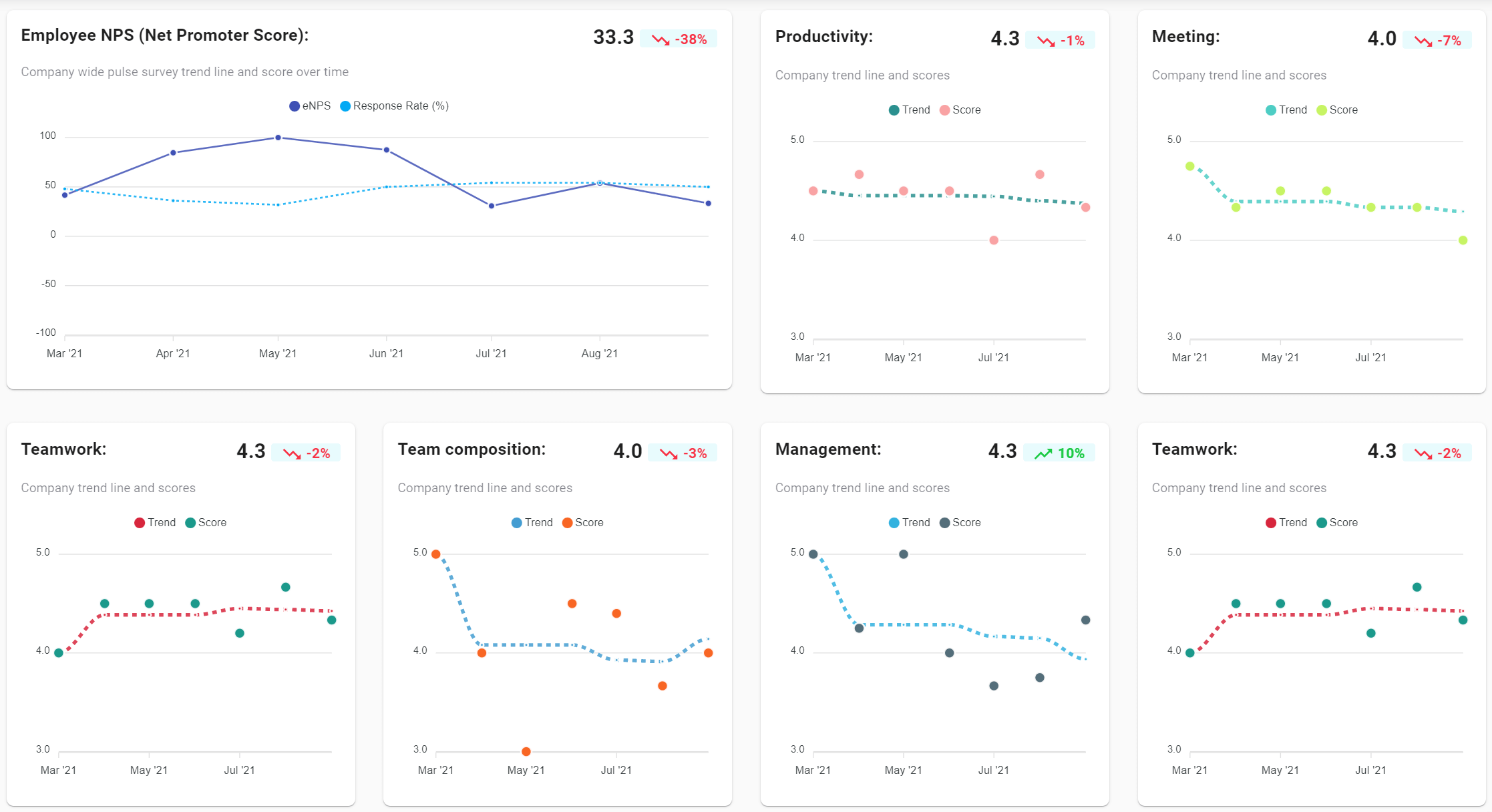
Conclusion
In order to boost productivity, it is important for managers to understand how employee motivation works and identify areas of dissatisfaction before they lead to unwanted actions. By encouraging relationships between teams, reducing unproductive communication channels, and giving employees access to their own analytics, managers can help improve productivity rates across the organization. Additionally, be available as a manager to remove roadblocks and address any issues that may arise.
